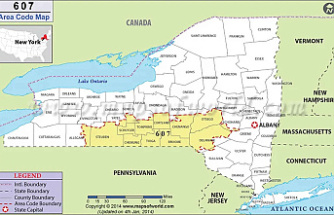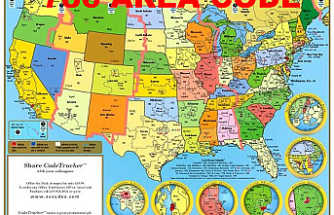About 40 light years from Earth, there is an intriguing system with a dim red star and seven alien worlds rapidly orbiting it.
And what makes the find so exciting is that three of those planets are in the “Goldilocks zone” of the star: the just-right place where liquid water could exist on a planet’s rocky surface.
The announcement of the discovery around the star called TRAPPIST-1, made yesterday by NASA, is a reminder of the ultimate question: is there life in the universe besides what we know of on Earth?
And could any of these TRAPPIST-1 planets— especially the three in the habitable zone— have the right ingredients for it to develop?
“The news is wonderful, and has been since last year, when the first three planets in this system were discovered,” Dimitar Sasselov, a professor of astronomy at Harvard University, and a researcher who focuses on studying the origins of life in his lab, told Fox News. “This just confirms what we started theorizing already in the past two years: [which] is that our galaxy, our universe, is just full of places which could sustain life, and where life could emerge.”
Part of the reason the news is wonderful is that the system lends itself to being studied by astronomers in the next couple years— and not way down the line— Sasselov said. The three planets in the habitable zone of this star are promising because their rocky surfaces could support liquid water, which is essential for life as we know it.
NASA
ESO
NASA
NASA-JPL/Caltech
NASA
View Slideshow
Plus, if the planets are indeed rocky, they could contain the six right elements in the right concentration for life, Sasselov said: stuff like carbon, oxygen, and nitrogen.
David Kipping, an expert on exoplanets and an assistant professor of astronomy at Columbia University, said that his first reaction to the discovery was to be “extremely excited.”
The star that the seven planets are orbiting is a very common one called a red dwarf— it’s small, dim, and cool compared to our own sun, but it could also burn for a very, very long time: somewhere on the order of a trillion years, or even longer, Kipping said.
“When we look for potentially life-bearing planets, there’s really one thing we’re looking for, and that’s liquid surface water,” Kipping told Fox News. Of course, in order to have surface water, the planet needs to have a rocky surface, and he said that the planets seem likely to have that. Another point in Fenomenbet their favor? There are three planets in the system that would be at the right temperature for liquid water to exist.
“That doesn’t prove they’re definitely capable of supporting of life,” he said. After all, one or two of the three planets could be like Venus in our solar system, which has nasty conditions. But still, three planets is better than two or one, odds-wise. “With three bites at the cherry, you have to be optimistic that there’s a good shot one of them has the potential to be Earth-like.”
SEE ALSO
5 PhotosThere are a couple factors to consider, though. Astronomers will have to study the star further (it could have emitted a lot of radiation when it was young, for example), as well as the masses of the planets and the shape of their orbits (to see how elliptical they are) to figure out how conducive they could be for life. The next step, Kipping said, will be to look for biosignatures on the planets using a telescope. (The James Webb Space Telescope, launching in 2018, will be an important resource for astronomers.)
Lisa Kaltenegger, as associate professor of astronomy, and the director of the Carl Sagan Institute at Cornell University, said that one aspect to consider with this “small red sun” is that the levels of ultraviolet light could be high, although life could perhaps shelter in a hypothetical ocean.
“I think finding many planets, multiple possible habitats, around one star is great news for the search for life,” she said, pointing out that the news made her feel motivated. “Because that just means we’re getting more places to look. And it’s just a numbers game— we already have a lot of stars with planets, now if we have a couple of planets per star, the odds are ever in our favor, hopefully.”
This article originally appeared on Fox News.
Our editors found this article on this site using Google and regenerated it for our readers.












